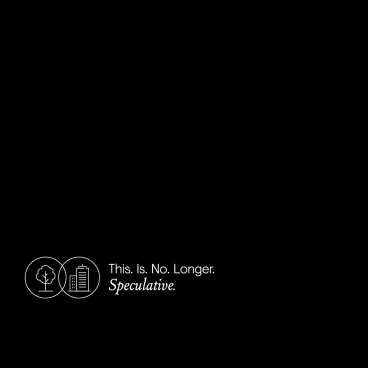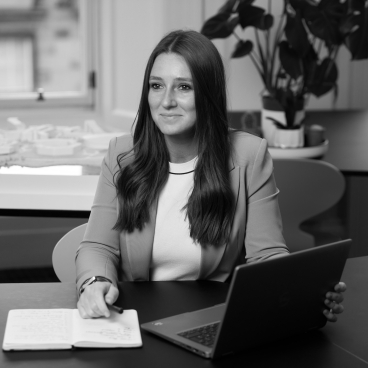Helen Sheldon, director, RBA Acoustics on addressing the STEM skills shortage, championing inclusion, and the link between noise and wellbeing.
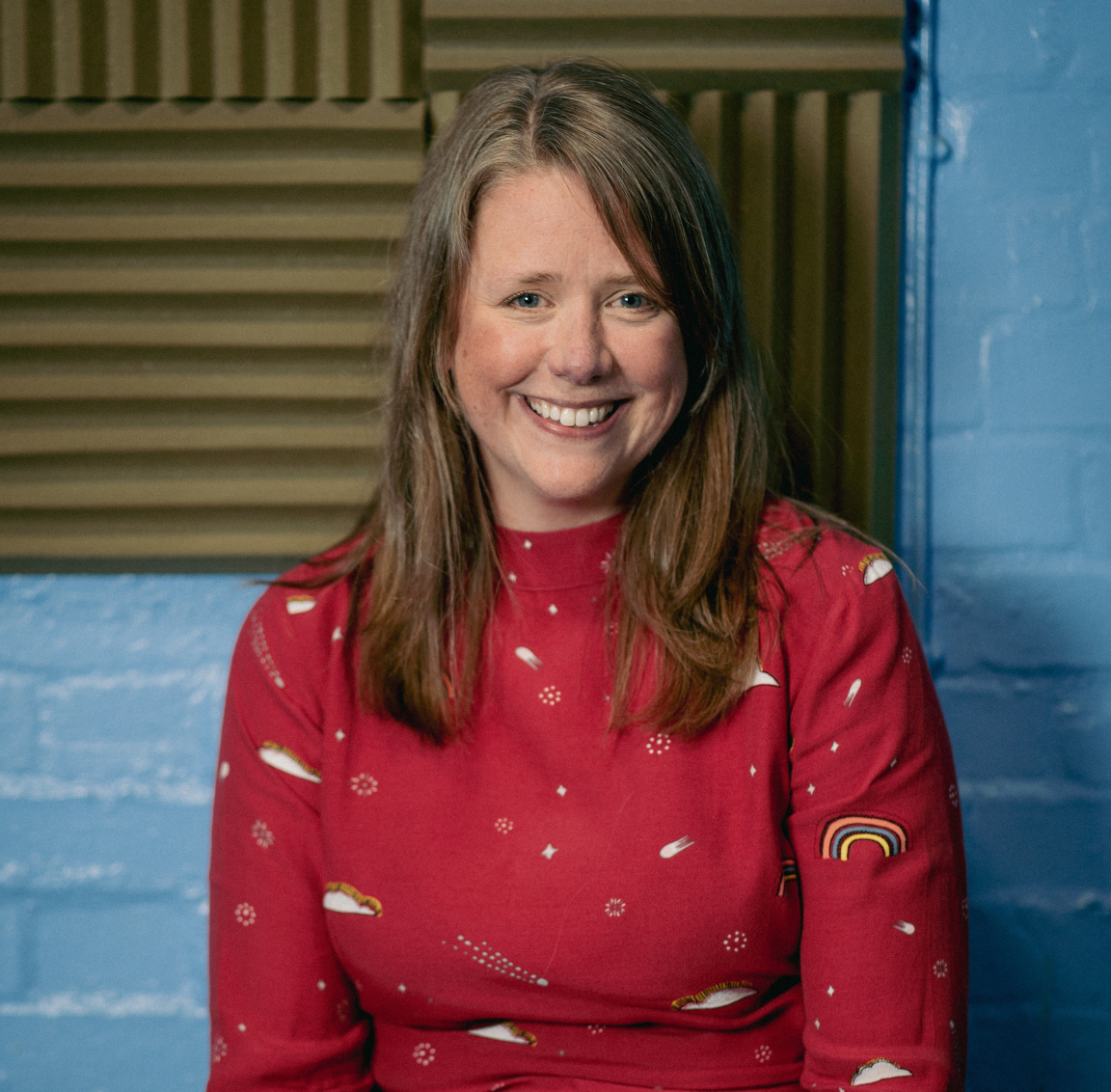
Credit: Ian Bowkett
The World Health Organisation states that "excessive noise seriously harms human health and interferes with people’s daily activities at school, at work, at home and during leisure time." Post-Covid, it seems that now, more than ever, noise is viewed as playing a key role in the way our everyday environments operate.
In the built environment, acousticians have long been supporting designers in optimising spaces to best control noise. But with acoustics now more widely considered from the outset of a project, we were keen to find out more about the impact they have on the success of a commercial setting.
With this in mind, we sat down with Helen Sheldon, director, RBA Acoustics, to discuss her family connection to the sector, a grassroots approach to addressing the STEM skills shortage, and the crucial connection between sound control and wellbeing. Over to Helen...
Firstly, can you please introduce us to RBA?
"Of course! RBA Acoustics is an independent acoustic consultancy, which means we do nothing other than acoustics. Having said that, we do undertake pretty much all aspects of acoustics – so we’re happy to get involved with anything noise and vibration related.
"The company was founded in 2002 and we have offices in London and Manchester. Our biggest office is in London where around 20 technical team members are based along with our admin and accounts teams, and I head up our Manchester office. Between the two offices we cover the whole of the UK along with any overseas work that may come up.
"We work on a whole range of building types, including large residential developments, schools and education buildings, offices, cinemas, gyms, studios, performance spaces and more.
"As stand-alone acoustic consultancies go, we’re fairly big, but obviously in the grand scheme of things we’re a fairly small company – it works well because we all know each other, the people are great, and it’s easy to share knowledge between us."
What is your professional background? – How did you first become interested in acoustics?
"Most people haven’t heard of acoustics as a profession, and so don’t consider it and certainly don’t ‘aspire’ to it. A lot of people fall into it from other engineering disciplines or audio based studies. That wasn’t the case for me, though – my Dad has worked in acoustics for most of my life – he’s always been more involved in the industrial side and has worked both in combustion acoustics and railway acoustics.
"So, when I was a teenager, I was aware that acoustics was a potential career. I have always loved music and been good at science so had a feeling that exploring the science of sound might be a good fit for me – I chose to do Music, Physics and Maths at A-level, and while some work experience in railway acoustics cemented that I didn’t want to work solely with trains, it definitely made me realise that acoustics could be for me.
"The idea of designing buildings like performance spaces held a huge appeal for me as a musician, and so I went on to study Physics with Acoustics at University, and the rest is history! I’ve been working in building acoustic design ever since."
What does an acoustician do?
"There’s a massive range of roles under the umbrella of ‘acoustician’. There are researchers and engineers in all sorts of fields that you might not think of – things like underwater or marine acoustics, combustion and flow acoustics, and many more. I’ve generally stuck to building acoustics – I also deal with environmental acoustics, but mainly where it relates to buildings.
"In our role as acoustic consultants, we carry out noise and vibration surveys to determine the existing conditions at proposed development sites, we advise on how buildings should be constructed to control noise break in, noise transmission, and enhance room acoustics, and we carry out testing when developments are complete to ensure that the requirements have been met.
"We also get involved in troubleshooting where acoustic issues are being experienced in existing spaces. In that scenario we can assess what the issues might be and advise on how to retrofit treatment to mitigate the problems."
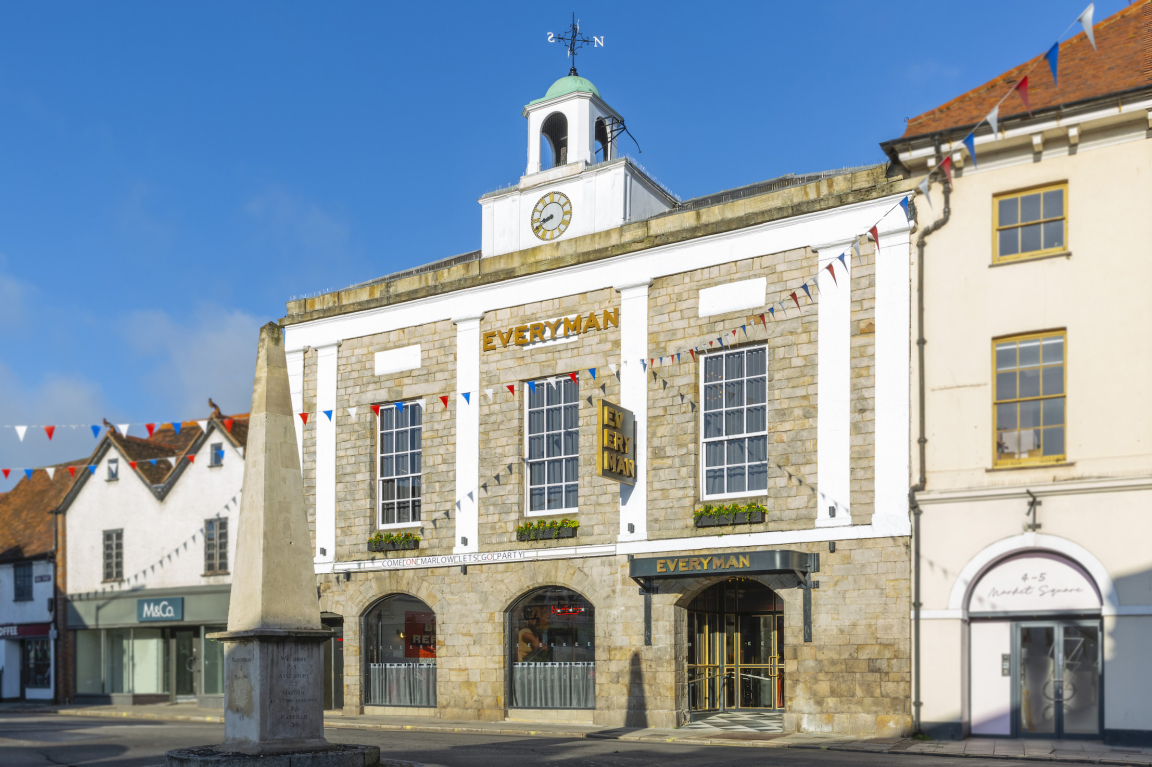
Credits: Hudson Rock - design / Tom Lee - photography
Who do you typically work with client-wise?
"Again, our client base is quite varied – we mainly work with design teams (primarily architects and MEP engineers, although we interact with all design disciplines) and contractors. We’re also often brought in by planning consultants to advise on acoustic issues associated with planning applications. In many cases we have an ongoing relationship a particular client or developer directly. The best projects are where we do all of the stages right through from planning to completion."
How often are acoustics considered in built environment projects? And at what stage of the process are you brought in?
"I’d say it’s becoming more common for acoustics to be considered in essentially all built environment projects – there’s a common misconception that acoustic consultants only advise on specialist buildings like performance spaces or cinemas. But actually, the acoustic environment is hugely important in day-to-day spaces, so ensuring good acoustic conditions are provided in homes, education buildings, and workspaces is key.
"Ideally, we’d be brought in at an early stage in the design process.
If acoustics can be considered during the very early part of the design process when space planning is still underway, it can reduce the need for complex engineering solutions further down the line.
"For example, if a site which is near a significant noise source is being developed, looking at the building orientation and location as well the siting of noise sensitive spaces within the building can reduce the need for high specification acoustic glazing and complex ventilation and cooling solutions.
"But in reality, it’s common for us be brought on board once everything is set, in which case we can advise on how to address any residual acoustic issues in a practical and sensible way given the limitations of the project."
STEM industries are experiencing a skills shortage. Can you tell us more about your involvement in the project: Bedtime Stories for Very Young Engineers?
"This was a brilliant project to be involved with, and it all took place a couple of years ago. I happened to see a tweet about the project (on the day of the deadline for applications!) and decided to give it a punt and apply. I was lucky enough to be selected, and I was one of a huge range of incredible engineers to received story writing and telling training from the brilliant Anna Ploszajski and Steve Cross. This was done over Zoom over a number of weeks, and culminated with us writing and recording children’s stories around engineering themes.
"I’ve been involved in STEM outreach a fair amount over the years, and it has generally involved speaking in schools (primary and secondary) about my role, along with talking about being an acoustician to university students. I absolutely love doing this kind of work.
"The interesting thing about the Bedtime Stories project, though, is that it recognised that a lot of the stereotyping is already set before children even arrive at primary school, and so attempted to target a younger audience to demonstrate the wide range of engineering sectors, and gently introduce the concept of engineering to our little ones.
"I wrote a series of stories about an elderly turtle called Herbert, who always seemed to have problems with noise. He, with the help of his animal friends, always managed to find a solution!"
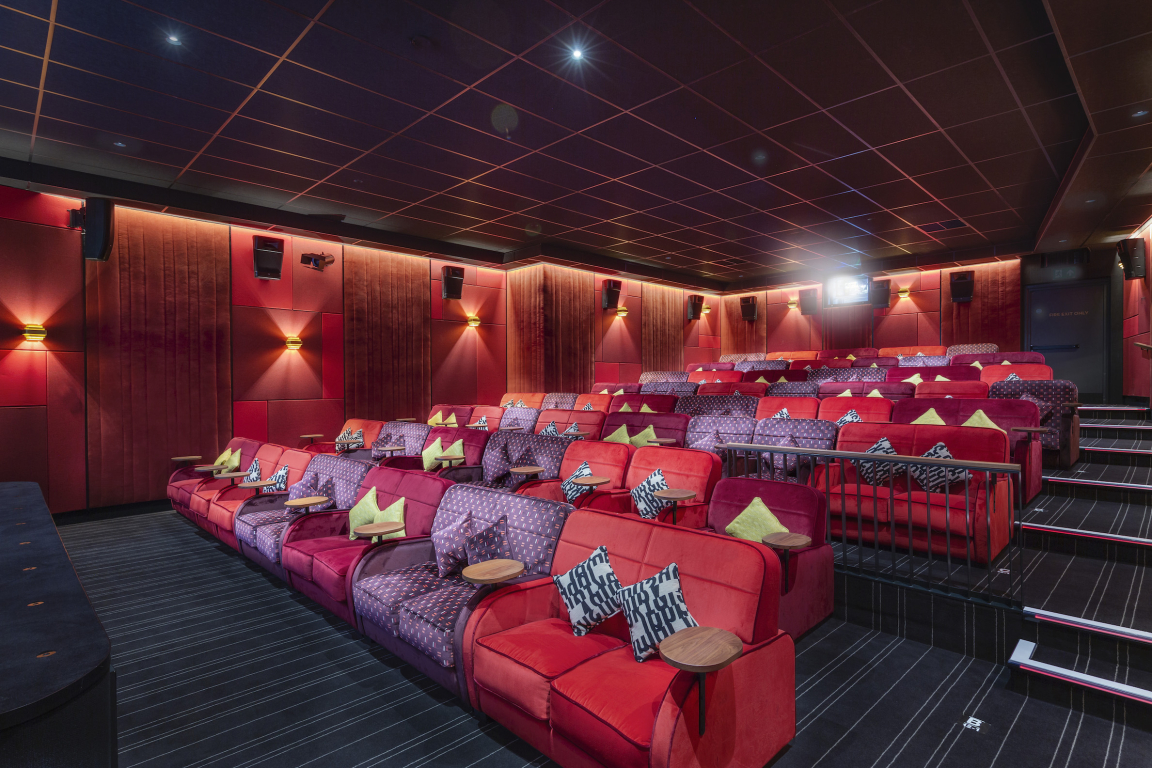
Credits: Hudson Rock - design / Tom Lee - photography
Are there any other initiatives RBA runs to help attract talent?
"RBA is quite heavily involved with acoustics industry generally – one of our Directors, Russell Richardson, is Chair of the Association of Noise Consultants, and we are regularly involved with events run by the Institute of Acoustics and UK Acoustics Network. Russell was part of a group that set up an acoustics apprenticeship scheme to encourage alternatives to the traditional academic route into acoustics.
"As a woman in what is even now a male-dominated field, I try and get involved with promoting inclusion in the industry where I can. I am one of the guests being featured on a ‘Women in Acoustics’ special series of the Rest is Just Noise podcast.
"So, we all do our best to raise awareness of our sector, and to encourage people who may want to consider acoustics as a future career!"
Can you talk us through some recent projects?
"I am usually working on a number of large residential developments at any one time; I have several in London at the moment, and these often run over several years due to the scale of the developments.
"I’ve just completed works on a new University Building which included such a diverse set of uses that the acoustic design was extremely complex in places – the building included recording studios, workshops, laboratories, as well as large lecture theatres and more traditional teaching spaces. We are also involved with a lot of work in the leisure sector – I have worked on several Flight Club Darts and Electric Shuffle sites, and RBA advise several major gym operators on the associated acoustic issues, as well as a number of different cinema operators.
"We’ve also just completed some works looking at the control of vibration from piling activities to nearby commercial premises. It really is different every day!"
What is the impact of noise on our wellbeing?
I can’t even begin to express how important acoustics is for wellbeing – it has a huge impact on people’s lives.
"And it’s not all about making sure everything is quiet, it’s about making sure the acoustic environment is right for the use and for the people who are using the space.
"One of the tricky things is that noise is entirely subjective, and what may be perfect for one person may be awful for another, and those two people may well have to share a workspace or study space for example.
"Another issue is that spaces are increasingly expected to be multi-functional, and the different uses can require quite different acoustic environments. In some cases, looking at variable acoustics (for example the use of curtains or drapes to be able to adjust the level of acoustic absorption within the space) can work, but in others it might be a case of compromising to get something that works for all uses, even if it isn’t perfect for any of them.
"All in all, making sure people have a comfortable acoustic environment is critical to wellbeing, as inappropriate conditions can lead to increased stress and all the psychological and physiological effects that come with it."
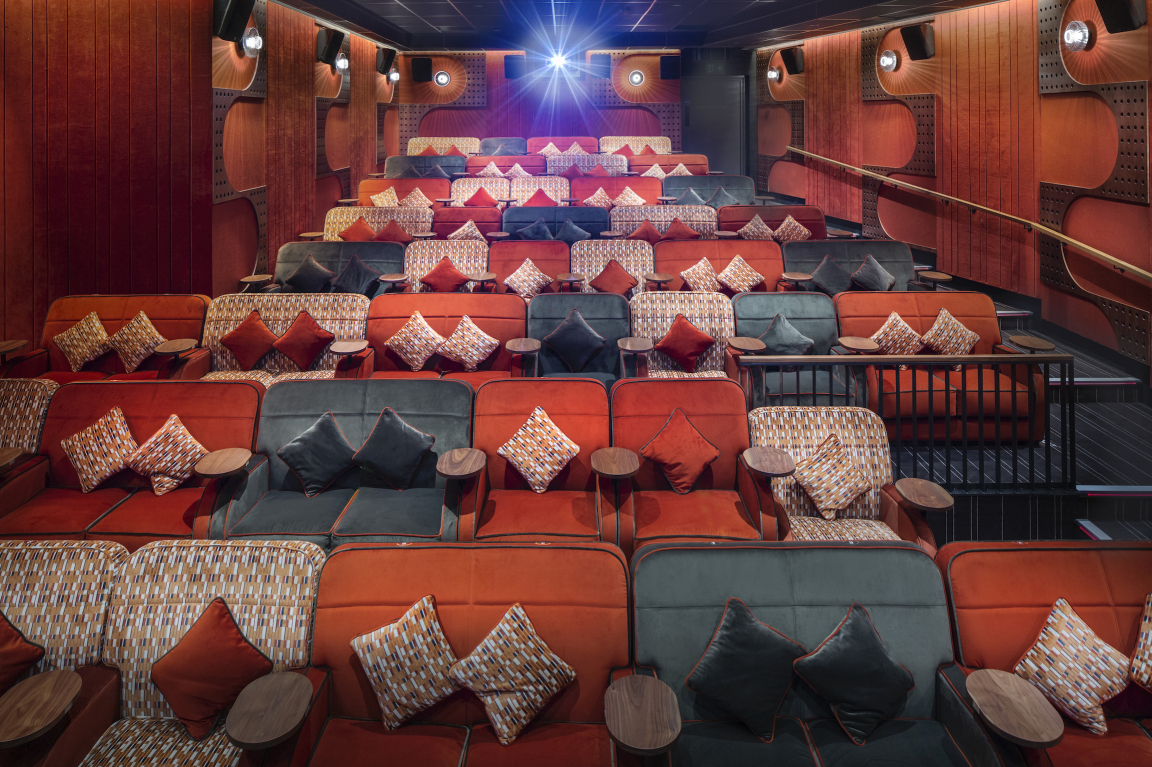
Credits: Hudson Rock - design / Tom Lee - photography
Have you seen any difference in your work pre/post Covid?
"There are definite changes in the way people are looking at their acoustic environments post-Covid. I think being subjected to restrictions meant that people either appreciated the conditions they were in, or missed the ones they now couldn’t access.
People became more aware of their surroundings in both a positive and negative way, so that’s affected the way people perceive noise and how people interact with the acoustic environment.
"But the biggest change is the increase in remote working. This affects office design, because those spaces are no longer being used in the same way. Large meeting rooms that were previously primarily used for people to physically sit around the table are now being used as video-conferencing rooms, and the acoustic conditions required for those two uses are not necessarily the same. People are on audio and video calls from their desks in open plan spaces.
"All of this changes in the way in which people interact and the acoustic environment that they need. And similarly, remote working affects how people are using their homes. Home offices are being fitted into spaces that might previously have been storage or circulation spaces. People are also spending more time at home and trying to do more concentrated work there, which means that the acoustic separation between adjoining dwellings (whether house or flats) is more important."
You have offices in London and Manchester – does your work differ between cities?
"It does – I think there is still a marked difference between the pace of a city like London and any other UK city. From an RBA perspective, here in Manchester we tend to cover a much wider geographical area – so we regularly work in Leeds, Liverpool, the Midlands, as well as Scotland and many other areas. I think that changes the focus of the work and the way in which we operate. Having said that, we are an incredibly collaborative company, and we all work regularly on any and all project types across the UK and beyond."
How has increased popularity in city living impacted your work?
"I think it’s both the popularity of city living and the desire to make use of urban and brownfield sites that has a big impact on what we do. We are increasingly squeezing a lot of uses together – and from a sustainability perspective it’s great to have people living close to work and entertainment areas, as well as having amenities like gyms etc within easy reach.
"But the proximity of inherently noise activities to noise sensitive uses such as homes needs to be very carefully scoped and planned out. Buffers of less sensitive and less noisy uses can be useful (e.g. siting offices or shops between bars and residential spaces, or facing bedrooms away from rail lines), but otherwise you’re back into engineering solutions that add depth, weight, time and cost into projects.
"There have been very high-profile concerns like the risk of closure to entertainment venues as a result of new city centre residents, and these issues do need to be carefully considered when looking at this kind of development. If all of these things are looked at and well-designed from the outset (and you’ve got a good acoustic consultant on board!), it is perfectly possible for these uses to work side by side."
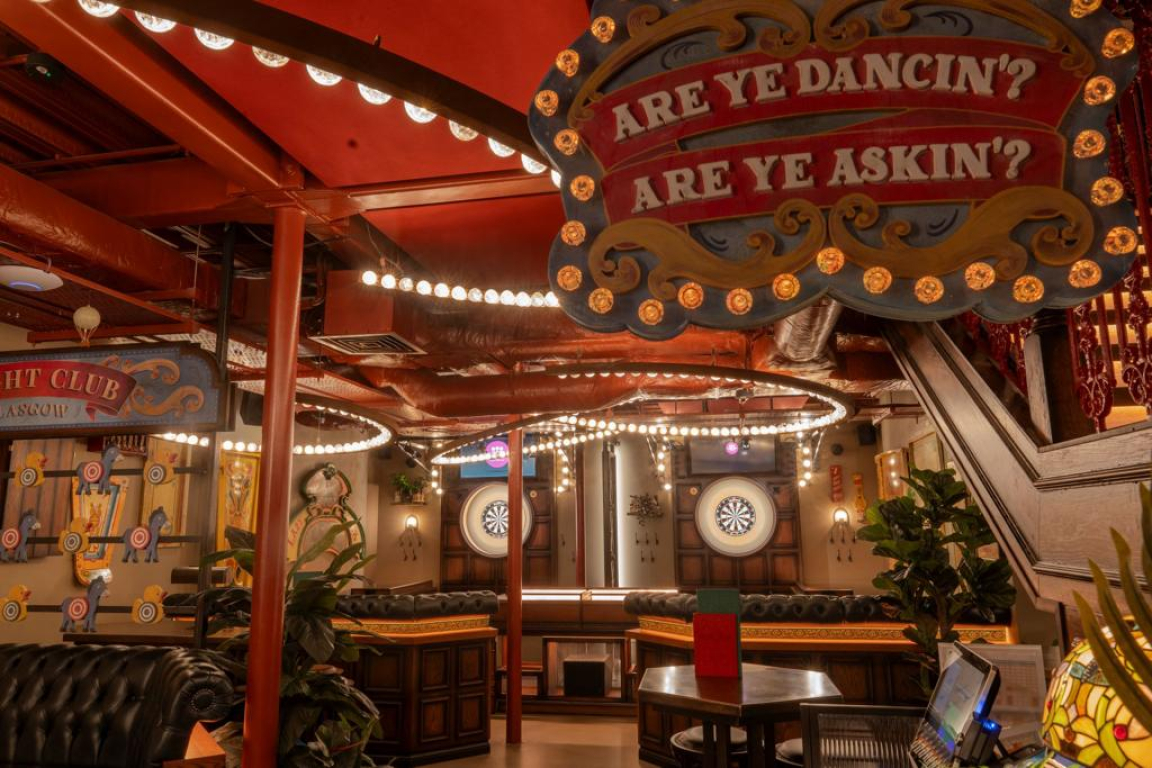
Flight Club, Glasgow
If you're keen to stick to the topic of acoustics, listen to Jessica Wright on our 42 Roles In the Built Environment podcast here.



